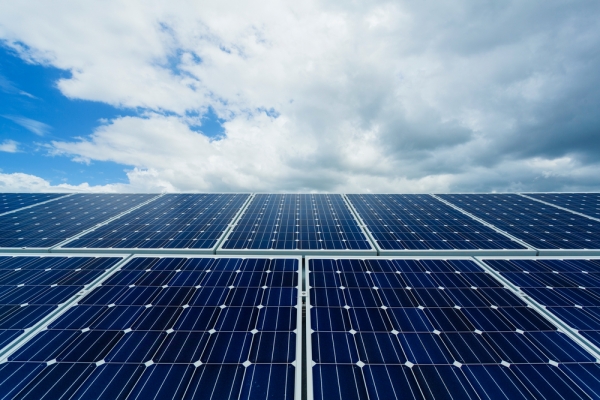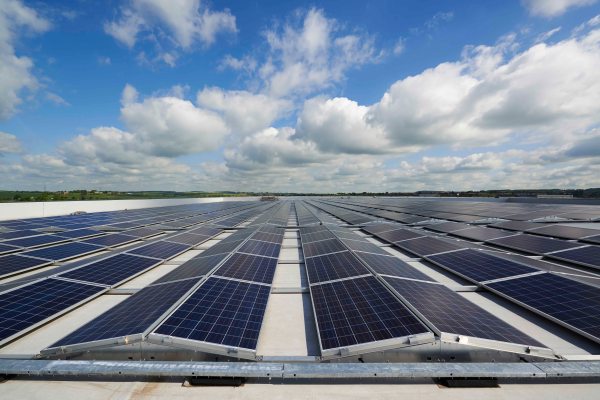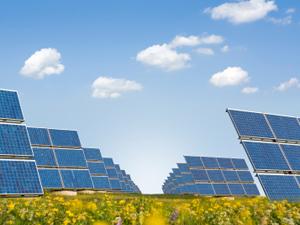
Gulf Cooperation Council (GCC) member states plan to pump up to $100 billion into renewable energy projects over the coming two decades. Leading the investment drive will be Saudi Arabia, along with the UAE and Kuwait, which will look to invest across the energy value chain.
Kuwait News Agency (KUNA) quoted Samira Ahmad Omar, director general of the Kuwait Institute for Scientific Research (KISR), as saying that such robust funding aims to meet the growing energy consumption in the GCC states, estimated at 3 per cent a year.
Now Kuwait is planning to boost production of electricity on house roofs through model pilot projects in 150 homes, to be increased to 1,500 in a later stage after 2018, director general of the Kuwait Foundation for the Advancement of Sciences (KFAS) Adnan Shihab Eldin has said. The cost of a kilowatt of electricity produced through solar energy is 20 fils (65 cent), It is very competitive, compared to the cost of a kilowatt of traditional electricity produced through fossil fuels, 30 to 40 fils.
Adnan Shihab Eldin highlighted the various renewable energy projects launched by the Kuwait Institute for Scientific Research (KISR) such as the 70 MW Shagaya complexes. The government directs part of power subsidy to renewable energy, to raise its share of Kuwait’s production of electricity to 15 per cent, a target set for 2030, he said.



